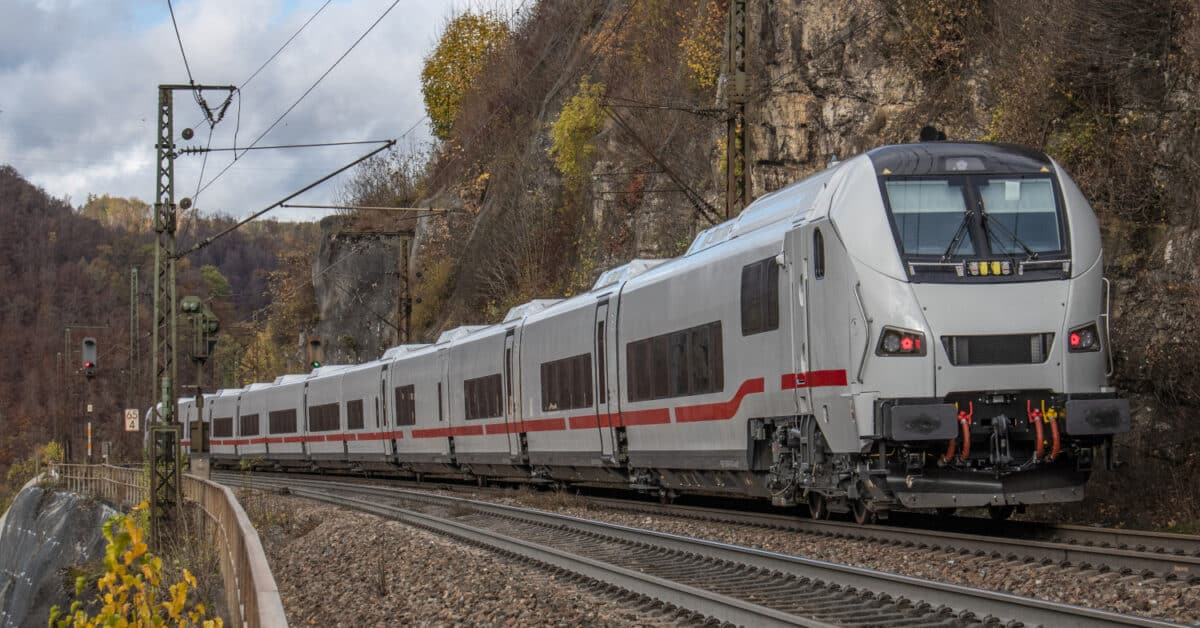On Friday, 8 August, Deutsche Bahn’s new ICE-L, on the Talgo 230 platform, obtained its certification to run in Germany. It is also the first homologation obtained by the Spanish manufacturer’s new product designed for the European market.
According to the European Union Railway Agency’s ERATV portal, the six carriage types that comprise these trains have been authorised for service.
However, the 105 series locomotives (also manufactured by Talgo) continue their certification process. So if DB decides to put them into service soon, they will have to use other locomotives temporarily.
The ICE L is the German operator’s new long-distance train, intended to replace conventional stock trains for Intercity and Eurocity services.
They are push-pull trains thanks to the control car at one end of the train, which is the first passenger carriage manufactured by Talgo to use a bogie.
Up to 100 Talgo 230 trains for Deutsche Bahn ICE L
Each train is formed of 17 carriages plus a locomotive. Although the new 105 series has been purchased from Talgo, ICL can use any DB locomotive compatible with control from a control car.
The framework contract for the manufacture of the ICE L was signed in February 2019 and provided for the manufacture of up to 100 trains, with an initial order for 23. In 2023, the option to purchase 56 trainsets was exercised. This extension, which increases the number of trains to 70, made this order the largest in Talgo’s history.
Apart from being light vehicles, these trains stand out for their accessibility. They are the first ICE train to have all of its doors at the same platform height of 760 mm, which is the standard for stations where long-distance trains stop. Their maximum speed is 230 km/h, fitting the definition of high speed.
The first trains were initially scheduled to enter service in 2023, but manufacturing delays forced a postponement to the end of 2024. Some complications in the homologation have caused that, finally DB had to wait for this month to obtain certification.
Deutsche Bahn’s initial plans were to start running these trains on the Berlin-Amsterdam route. However, to speed up their deployment and while they are being approved in the Netherlands, they will be used on domestic routes.
The delays have caused the operator to consider penalising Talgo, with a penalty that could reach 10% of the amount of the order (200 million euros). In addition, the company is considering reducing the order.
The ICE-L will not be the only presence of the Talgo 230 in the German market. In May, low-cost operator FlixTrain announced the purchase of 30 trains with an option for 35 more, but using Siemens Vectron locomotives to provide traction. In addition, DSB’s Talgo 230 will also run on German tracks on the international Copenhagen-Hamburg service.
